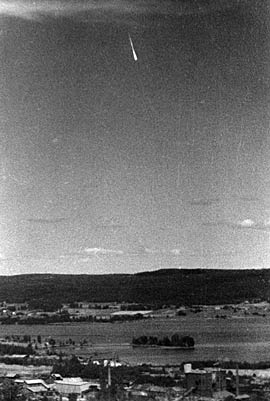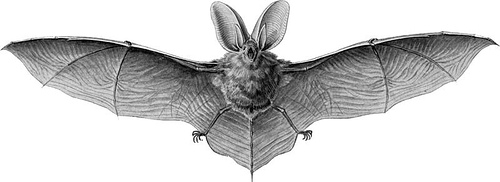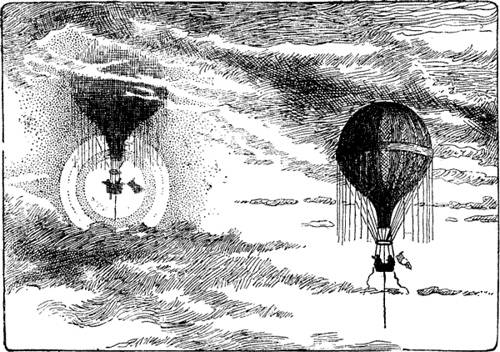There’s something unusual about the Ulas family of southern Turkey — five of its 19 adult children have never walked upright. Instead they move in a “bear crawl,” using their feet and the palms of their hands. This is not knuckle-walking, as apes do. The five share a congenital brain impairment that prevented them from learning to crawl normally as infants, and apparently they developed the bear crawl to compensate.
The five affected children are 18-36 years old now and the subject of intense study by neurologists, evolutionary theorists, anthropologists, and geneticists, as such a gait has never been reported before. The cause of their disorder remains a mystery.



